Nikon Coolpix S700 Review
Nikon Coolpix S700
You can get a 12MP ultra-compact with decent image quality, but it'll cost you.
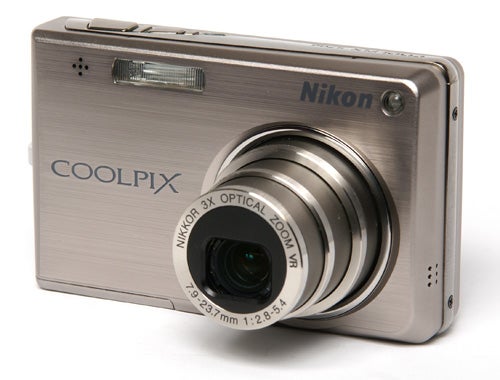
Verdict
Key Specifications
- Review Price: £200.00
It’s probably fair to say that of the 12-megapixel compact cameras that I’ve reviewed so far, I haven’t found many that I liked. Most have had distinctly sub-standard image quality, nearly all of them are are overpriced, and even the few relatively good ones are disappointing compared to similar lower-resolution models. It was with some surprise therefore that I found myself genuinely impressed by today’s camera, the new Nikon Coolpix S700.
The S700 is currently the top-of-the-range model in Nikon’s premium ultra-compact S (Style) series, and as one might expect it has an impressive specification. As well as its 12.1-megapixel 1/1.72-in. CCD it features an f/2.8 – f/5.4 3x zoom Nikkor lens (equivalent to 37-111mm) with optical image stabilisation, a 2.7-inch 230k LCD monitor with an anti reflective and scratch resistant acrylic coating, optional D-lighting in playback mode, face detection and 3200 ISO maximum sensitivity. One interesting point is that unlike most other digital cameras the megapixel rating doesn’t appear anywhere on the body. Naturally all this technical cleverness doesn’t come cheap, and the S700 is currently selling for around £200, which is expensive even compared to other 12-megapixel compacts. Obvious comparisons are the Fujifilm F50fd (£145), the Panasonic FX100 (£165) and the Sony W200 (£178), but even those don’t match the Nikon’s hefty asking price. The only comparable model that is more expensive is, unsurprisingly, the new Canon IXUS 960 IS, currently selling for around £246, although that camera also features a 3.7x zoom lens and a titanium body.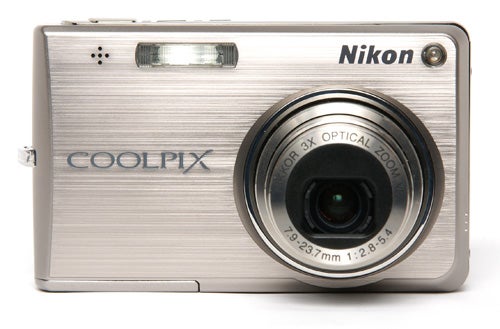
The body of the S700 is also all metal, but in this case it’s aluminium. It is available in two different finishes, either the brushed-metal silver of my review camera or a very attractive darker gunmetal colour called, for some reason, Urban Black. The design is quite understated, in fact it looks almost plain, with a simple rectangular shape slightly bevelled towards the front. The only note of stylistic flair is the wedge-shaped array of buttons on the top panel. There is some sculpting on the back though, with a slightly curved indentation on the right-hand side providing a comfortable and convenient position for the thumb when shooting. The camera is very small and light, measuring 89 x 54 x 23 mm and weighing just 130g minus the battery.
The control interface is very simple, with just four buttons and a rotating D-pad, reflecting what is basically a very simple camera. Shooting modes are limited to program auto and scene mode, with 15 scene programs including all the usual suspects such as portrait, landscape, sports, night portrait, beach/snow etcetera. The only mildly unusual ones are the night landscape and dusk/dawn settings. The main camera menu is wonderfully simple, with just image size/quality, white balance, ISO setting, AF area mode, drive mode (single, continuous, Best Shot Selector, Multi-shot 16 and interval timer), and a limited range of colour options. The only unusual setting is something called distortion control, which helps to counteract the barrel distortion often suffered by small compact camera zoom lenses.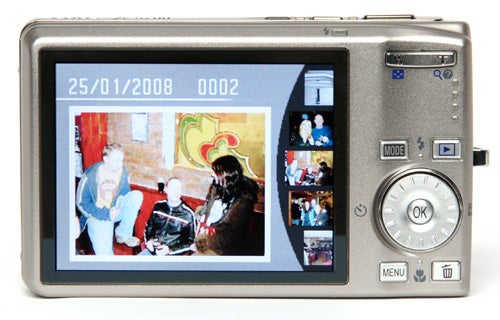
Apart from its resolution, the main selling point of the S700 is its optical image stabilisation, which uses a floating element in the lens to counteract camera vibration at slow shutter speeds, reducing the blurring that this can cause. It is a very effective system, in fact one of the best I’ve tried on a digital compact. I found I was able to take blur-free shots at the wide angle setting at shutter speeds as low as 1/5th of a second, and 1/15th of a second at full telephoto. This is extremely helpful in low light conditions when you don’t want to use the flash, avoiding the problems of high ISO settings.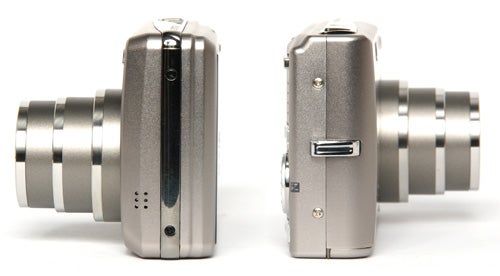
The other advanced feature is of course the face detection system. The various camera companies continue to improve this feature, and to be fair in the case of the S700 it does work reasonably well in good light, but it is still not terribly reliable unless the subjects are well-lit, looking straight at the camera and not moving around too much. As usual it doesn’t like large sunglasses, beards or darker skin tones. Another feature that is rather more useful is the D-lighting function, which helps to bring out shadow detail in high-contrast situations. It does work quite well, but it obviously can’t correct burned-out highlights, and it does produce some image noise when it brightens up the darker areas.
I’ve criticised some previous Nikon cameras for their sluggish performance, but this is clearly an area in which a lot of progress has been made. The S700 performs very well, starting up in under two seconds and shutting down again even more quickly. The autofocus system is a massive improvement over previous models, focusing in just over a second in good light, and not slowing down much in reduced lighting. I used the camera in a typical social situation (a dark nightclub) and found it to be very quick and reliable. The AF assist lamp helps in very low light, with a range of a couple of meters. Considering this big improvement, the shot-to-shot cycle time in single shot mode is a little disappointing at approximately three seconds, and is only a little faster in continuous mode at 2.3 seconds per shot. As is often the case with very small high-tech cameras, battery duration is a bit limited. Nikon claims 150 shots on a full charge, but I found it to be slightly less, at around 130 shots, but I was using the flash and the LCD monitor more than usual.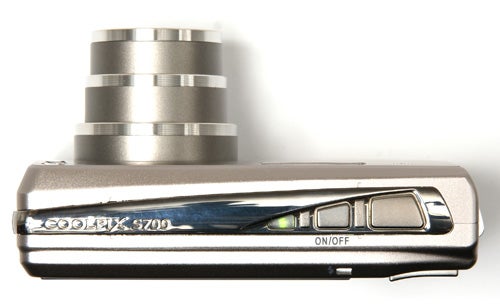
One are where the S700 does score well is image quality, which is refreshing for a 12MP camera. The Nikkor lens lives up to the high standard for which the marque is known, producing excellent sharpness across the frame, only fading slightly with a hint of chromatic aberration in the very corners of the frame. The level of fine detail is extremely good, and overall picture quality at low ISO settings is among the best I’ve seen from a 12MP ultra-compact. Yes, the dynamic range is a bit limited, and shadows are a bit dark and murky, but I’ve seen a lot worse. Exposure and colour rendition are as good as one expects from Nikon’s excellent Epeed processor, and noise control is also surprisingly good for a high-powered small sensor. Pictures are very good up to 800 ISO, and I would say that it has the best image quality up to this setting of any of the 12MP ultra-compacts I’ve seen so far, equaling that of the Sony W200.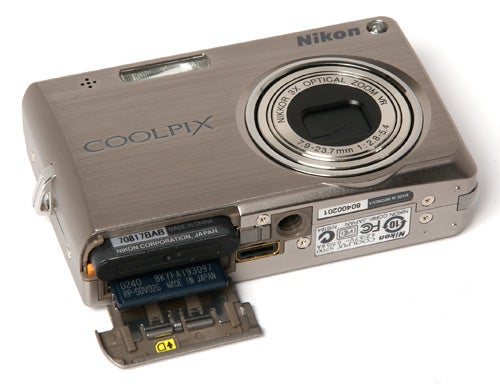
”’Verdict”’
Although it is expensive, the Nikon Coolpix S700 offers excellent style and build quality, good performance, simple operation, effective low-light focusing and superior picture quality, with the advantage of optical image stabilisation. It shows that a 12MP ultra-compact can produce good image quality at fairly high ISO settings. However it still doesn’t offer any real advantage over less expensive eight or ten megapixel models.
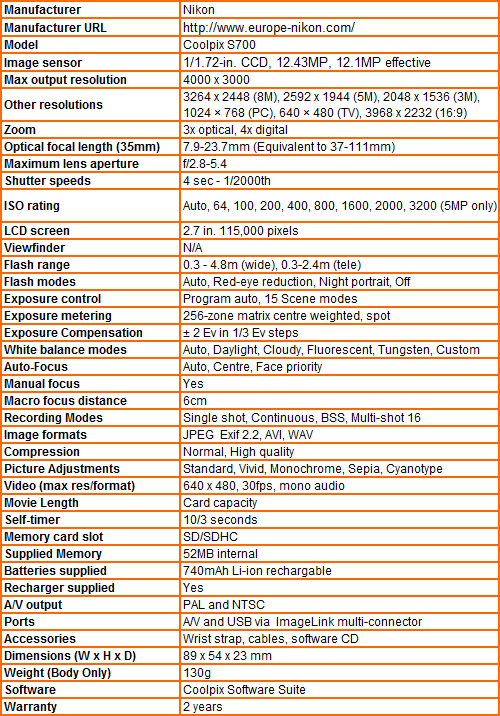
”A range of test shots are shown over the next few pages. Here, the full size images at the minimum and maximum ISO settings have been reduced for bandwidth purposes to let you see the full image, and a series of crops taken from original full resolution images at a range of ISO settings have been included in order for you to gain an appreciation of the overall quality.”
—-
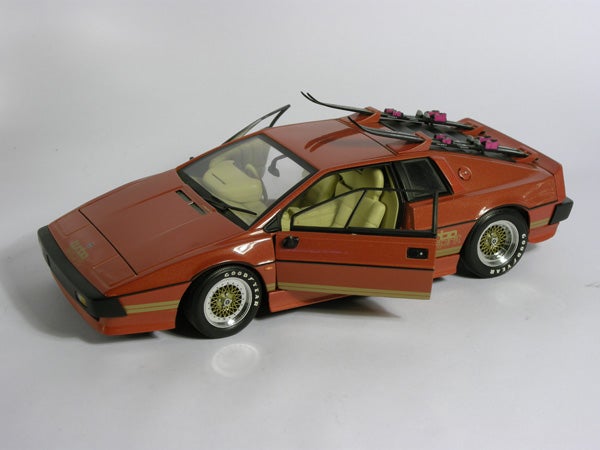
This is the full frame at 64 ISO.
—-
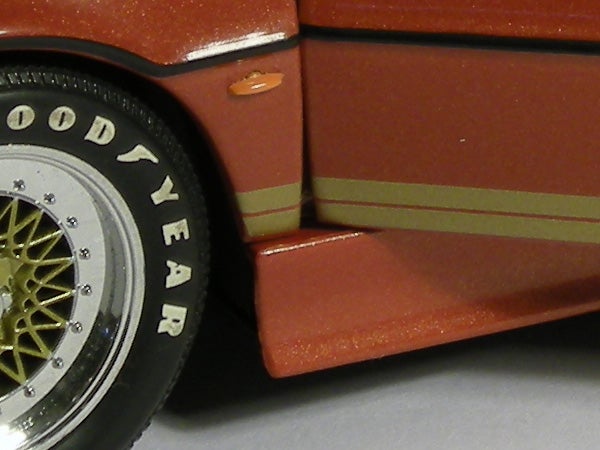
At the minimum ISO setting the image quality is superb, with no noise and smooth even colour with plenty of sharp detail.
—-
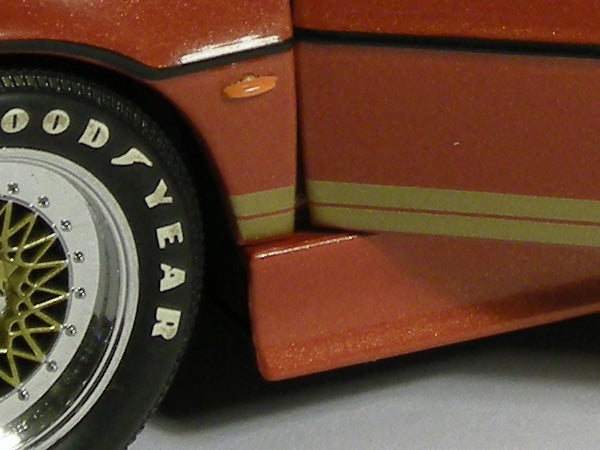
Still extremely good at 100 ISO.
—-
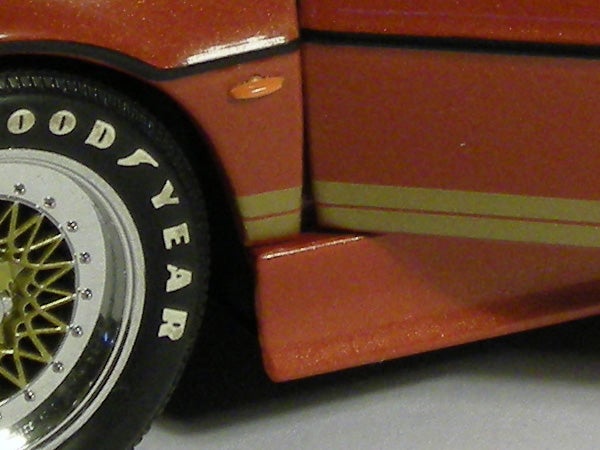
There is a hint of colour speckling at 200 ISO, but not enough to cause a problem.
—-
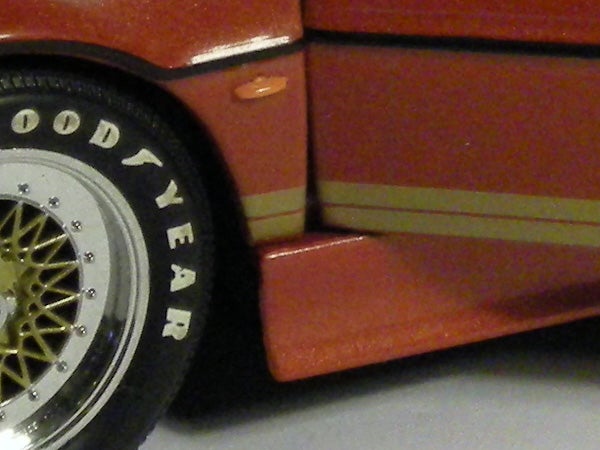
Noise is starting to become more noticeable at 400 ISO, but it is still well controlled.
—-
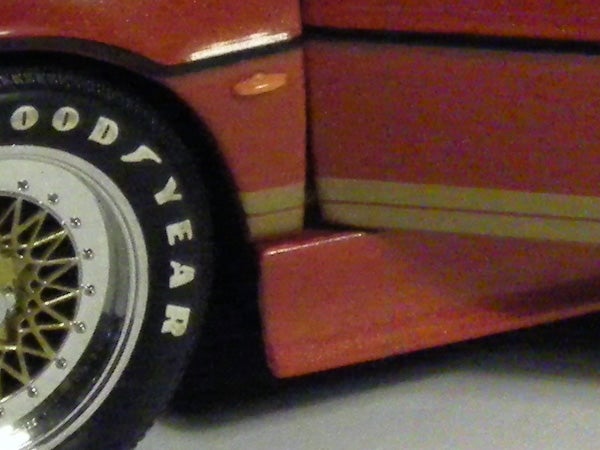
Although there is visible noise and some loss of detail at 800 ISO the colour rendition is still spot on and the picture would print well.
—-
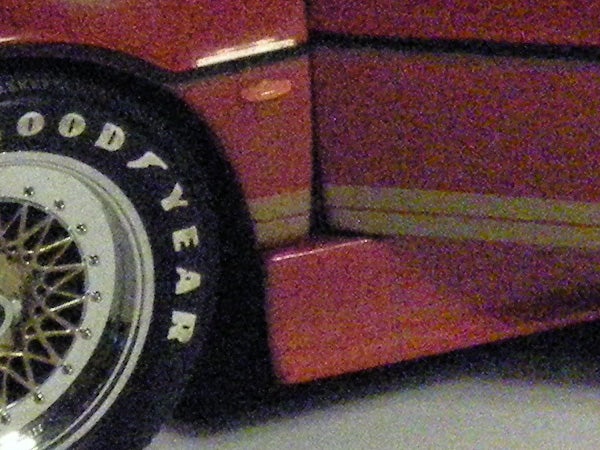
Image quality takes a bit of a nose-dive at 1600 ISO, with lots of noise and distorted colour.
—-
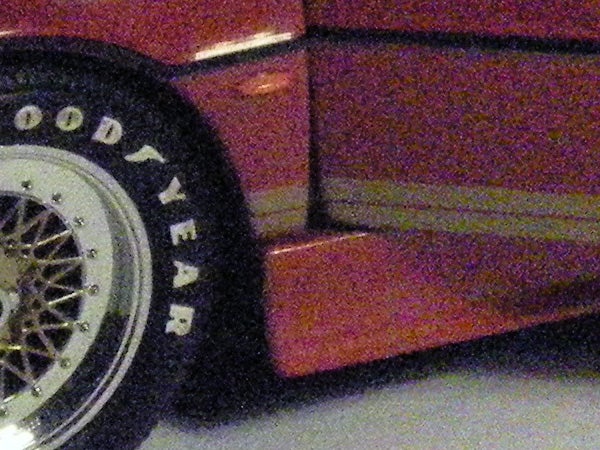
2000 ISO is the highest full-res setting, but the noise level is very high.
—-
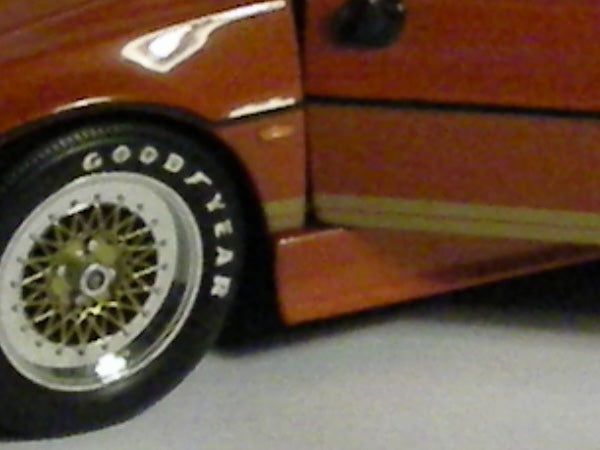
3200 ISO is available at 5MP, and although the image is very processed and lacks fine detail, the colour and exposure are OK and it would look pretty good in a small print.
—-
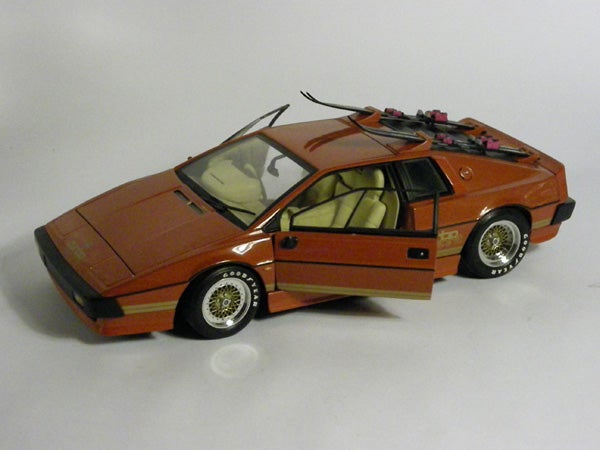
This is the full frame at 3200 ISO.
—-
”A range of general test shots are shown over the next two pages. In some cases, the full size image has been reduced for bandwidth purposes, and a crop taken from the original full resolution image has been placed below it to show the overall image quality. Some other pictures may be clicked to view the original full-size image.”
—-
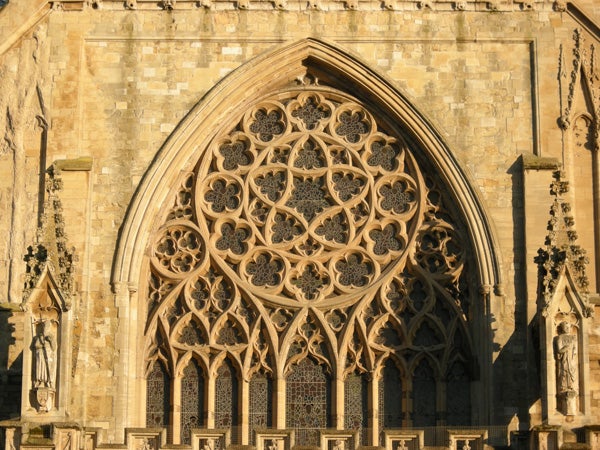
Here’s the usual detail test shot of the West Window of Exeter Cathedral, for you to compare with other cameras. See below for a full res crop, or click to see the whole picture.
—-
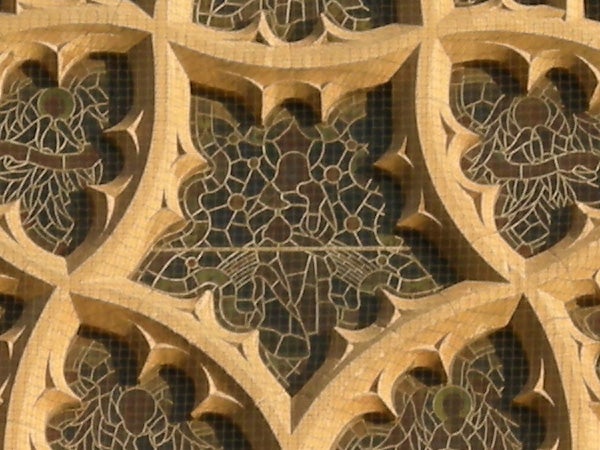
This is a crop from the image above. The level of fine detail is excellent.
—-
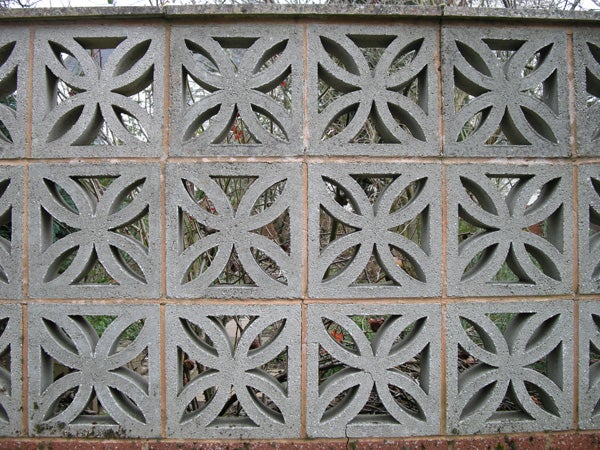
The Nikkor lens produces some barrel distortion at the wide angle setting…
—-
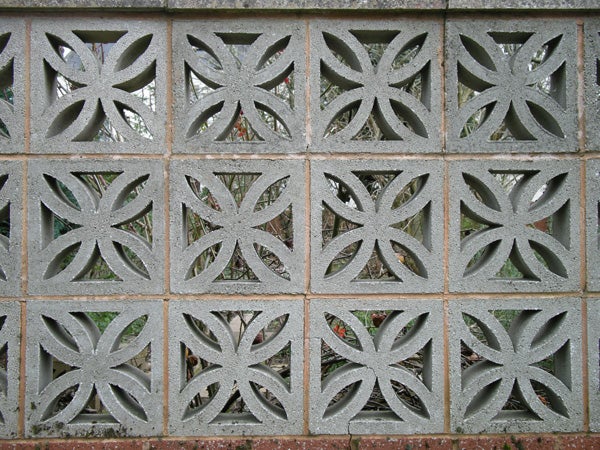
…however the camera has a special Distortion Control menu option which corrects this. It is very effective.
—-
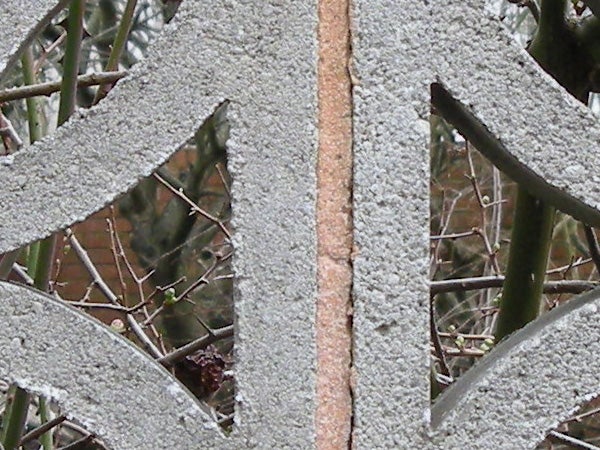
Centre sharpness is excellent.
—-
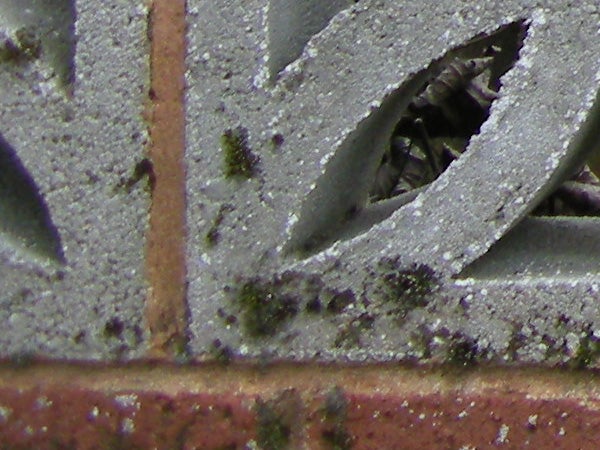
Corner sharpness is also good, only fading in the very far corner of the frame.
—-
”Here are some general test shots to help evaluate the camera’s overall image quality, including the zoom range of the lens. Some pictures may be clicked to download the full size original image.”
—-
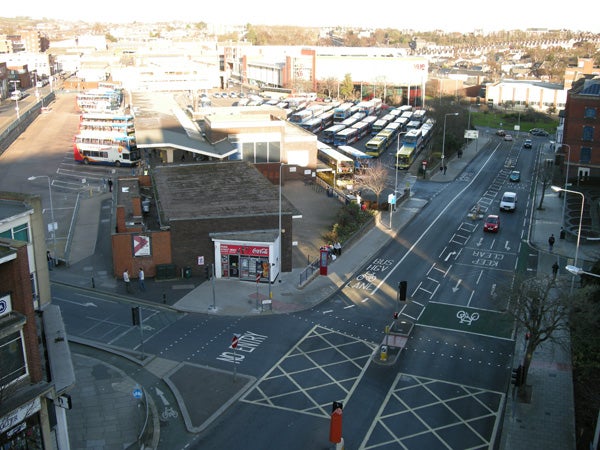
The wide-angle end of the zoom range is equivalent to 37mm.
—-
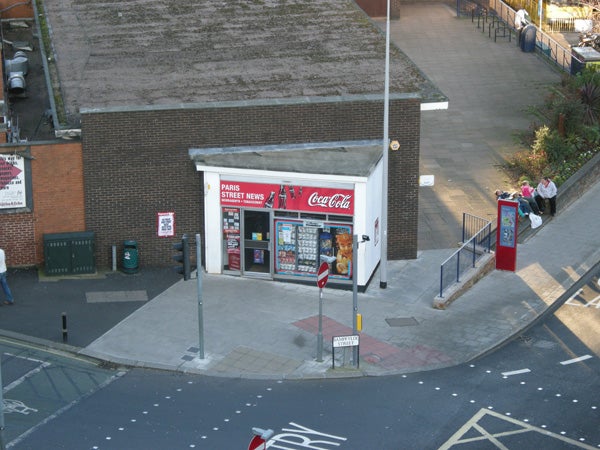
The telephoto end is equivalent to 111mm.
—-
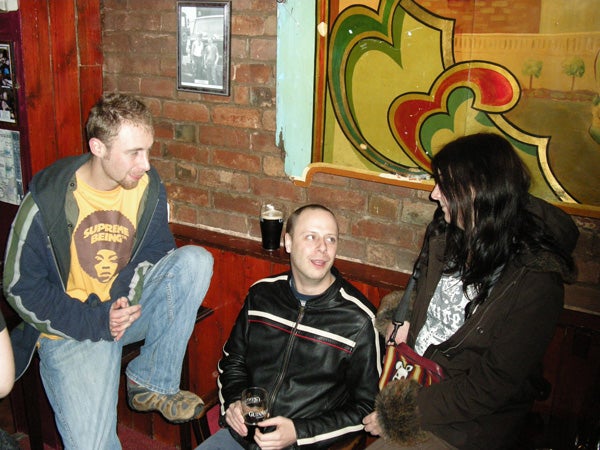
Flash exposure and frame coverage is good, with a range of an impressive 4.8m at wide angle.
—-
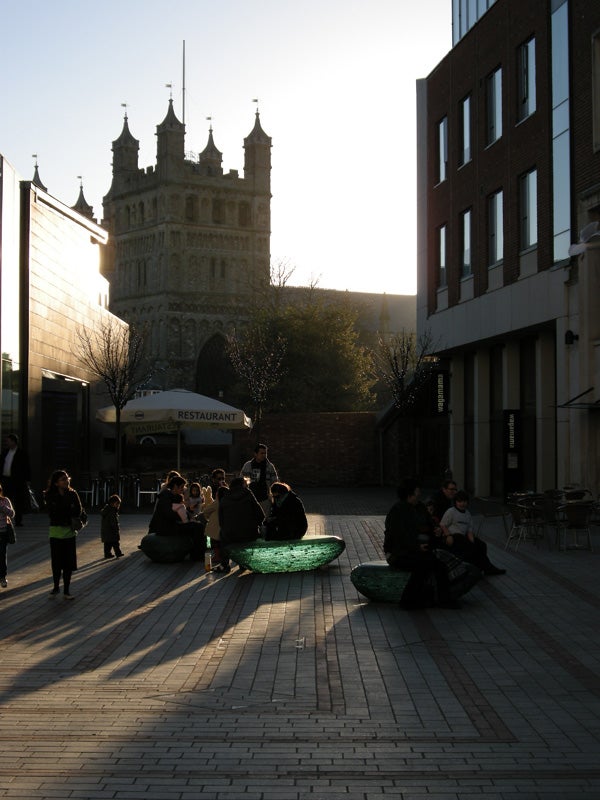
The exposure system copes well with strong contrast, but the dynamic range is limited.
—-
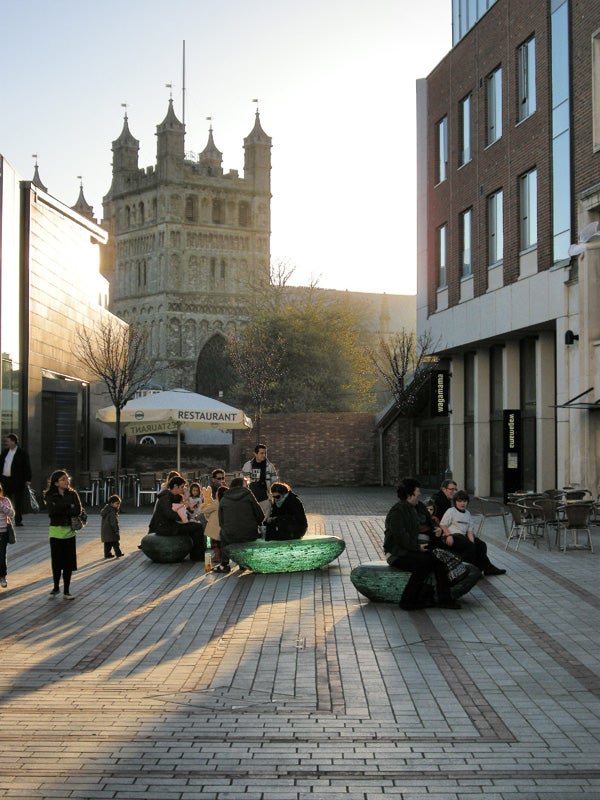
This is the same shot as above, but treated with the in-camera D-lighting feature.
—-
Trusted Score
Score in detail
-
Value 4
-
Image Quality 9
Features
| Camera type | Ultra Compact |
| Megapixels (Megapixel) | 12.1 Megapixel |
| Optical Zoom (Times) | 3x |

